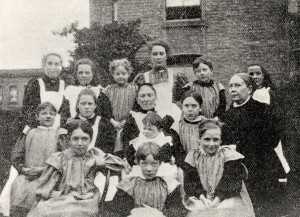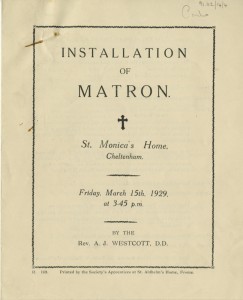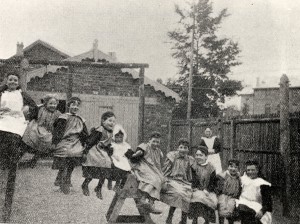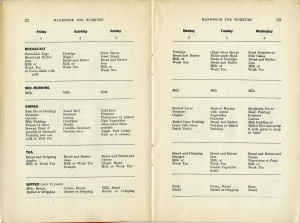Today we have the second part of a blog post written by one of our volunteers, Rod Cooper, that looks at The Children’s Society’s work in Gloucestershire in the 1980s and 1990s, when new types of community-based social work projects were being developed. This follows on from a previous overview of The Society’s work in the county between 1897-1954: http://www.hiddenlives.org.uk/blog/2015/11/a-friend-to-friendless-children-the-childrens-society-in-gloucestershire-1897-1954/
The Society became very active in Gloucestershire over the period 1987-1993. This activity generated three important projects: the Gloucestershire Drugs Project in Cheltenham; the Gloucester Diocesan Team; and Deakin House.
Gloucestershire Drugs Project
The Society used this project to pioneer its work in this particular field. Based in Cheltenham, it provided information and counselling for young people involved in drug taking, their families and friends, and other agencies working with these young people. Training and education was also high on the project’s list of priorities as it sought to influence Social Services, Local Authorities and the local community about drug use and related issues such as the link with HIV/AIDS, and reinfection in general.
The project reached out to a large number of young people, and by the end of 1987 – its first full year of operation – the advice, information and counselling centre in Cheltenham had received over 100 referrals.
Throughout the life of the project, approximately half of the individuals seeking assistance were self-referrals, though a significant number were directed towards the project by the Probation Service and non-statutory and voluntary agencies; signifying the extent to which the project had established its presence and demonstrated its effectiveness.
The project team was not large, and at its outset comprised no more than three or four full-time staff. However, enhancing the effectiveness and breadth of the project’s impact, there were a significant number of volunteer helpers. Consequently the project was able to pilot such programmes as a needle and syringe exchange scheme, and undertake initiatives with the Prison Service and engage directly with soon-to-be-released prisoners.
From August 1990 the project became an independent company, though The Society’s presence was maintained thereafter through the secondment of one of its key staff. Subsequently, the expertise developed by the project saw it being absorbed within the county-wide drugs service, for which Local Health Authority funding was provided, in March 1992.
Gloucester Diocesan Team
The Gloucester Diocesan Team was launched in 1988, and as such was one of several diocesan teams created by The Society in the West and Wales Region during the late 1980s. The aim of the team was to co-ordinate work with the Church (through the Diocesan Board for Social Responsibility) and local community groups, and to help people improve the quality of life in their own neighbourhoods. In the process of doing this it sought to achieve two main things; firstly to build a sense of community, and secondly to help people plan strategies and find resources to overcome problems within their communities. Once established, it was anticipated that such initiatives would run autonomously or with relatively little intervention.
The range of activities undertaken by the Diocesan Team was extensive, and included such initiatives as the Northleach Deanery Youth Project, the Cheltenham Parents Support Group, the Matson Neighbourhood project in Gloucester, and Winnie Mandela House – a multi-ethic project for homeless young people, again located in Gloucester. The Team’s activities were spread throughout the diocese, and reached beyond the larger urban areas of Cheltenham and Gloucester extending to locations such as Stroud, the Forest of Dean and rural locations such as Cromhall and Dursley.The Society’s formal involvement ceased in March 1993, when activities were transferred to the full control of the Diocese. However, to smooth the transition, The Society continued to fund the presence of a Community Development worker for a further two years.
![Leaflets from the Gloucestershire Diocesan Community Team, 1980s-1990 [The Children's Society Archive]](http://www.hiddenlives.org.uk/blog/wp-content/uploads/2016/01/IMG_0712-300x224.jpg)
Leaflets from the Gloucestershire Diocesan Community Team, 1989-1990 [The Children’s Society Archive]
The third strand of The Society’s activities in the county was this short-term project started in 1989. ‘Independent Living’ schemes – whereby young people leaving care are provided with their own rooms, shared facilities, and the opportunity to manage their own lives – were pioneered by The Society in the late 1960s, and Deakin House was established in this vein. The project was developed in partnership with Gloucestershire Social Services and the Gloucestershire Churches Housing Association, and The Society’s main area of input was the provision of a non-resident project co-ordinator. The hostel provided a home for up to 6 tenants with limited supervision. The project worked to provide advice and support in preparing for adult life, and allowed the young people residing there to have direct experience of housekeeping skills such as budgeting, cooking and shopping.
The Society’s involvement with Deakin House – which continued to be a bedsit hostel – was short-lived, and its responsibilities were transferred to the management of local agencies 1990/91.
Records relating to all three projects are held at The Children’s Society Archive.
The growth and development of The Society’s new social work projects from the late 1970s onwards is discussed in the following blog ‘A New Reality’: http://www.hiddenlives.org.uk/blog/2015/06/new-reality-gateway-magazine-winter-1975/
For information about The Children’s Society Archive’s ‘Hidden Lives Revealed’ web site: http://www.hiddenlives.org.uk/
or you can consult the Archive’s on-line catalogue: http://www.calmview.eu/childrensociety/Calmview
If you would would like to know about how The Children’s Society continues to change children’s lives today, visit the charity’s website: http://www.childrenssociety.org.uk/

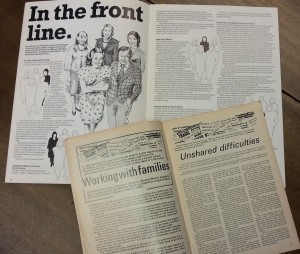
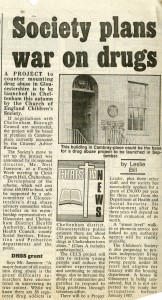
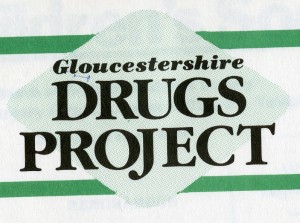
![Leaflets from the Gloucestershire Diocesan Community Team, 1990 [The Children's Society Archive]](http://www.hiddenlives.org.uk/blog/wp-content/uploads/2016/01/IMG_0708-300x224.jpg)
